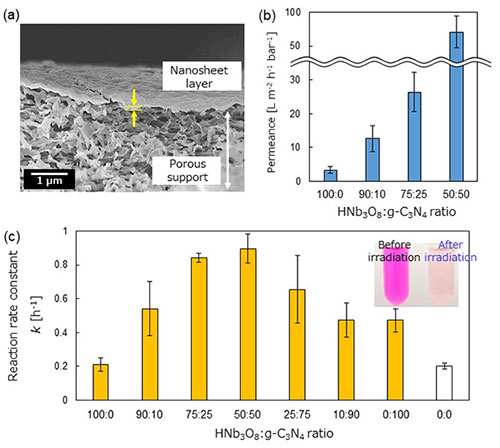A major breakthrough in glass-making technology
Ever since Apple asked Corning to build scratchless glass screens for the original iPhone, the development of glass has been a major focus of the technology world. Scientists have attempted to improve the glass-making process, devising new ways to make it thinner but stronger. Yet, glass suffers from a number of other inefficiencies: It doesn’t handle water well, it reflects too much light, and it creates glare.
On Thursday, researchers at MIT announced a major breakthrough in glass-making technology, which basically involves a new way to create surface textures on glass to eliminate all of the drawbacks of glass, including unwanted reflections and glare. In fact, this new “multifunctional” glass is not only crystal clear — unlike all other glass, which is reflective by nature — but it also causes water droplets to bounce right off its surface, “like tiny rubber balls.”
The glass is self-cleaning, anti-reflective, and superhydrophobic. If it ever gets to be as strong as Corning’s Gorilla Glass, MIT will have effectively created “the perfect glass.”
In the 34-page research paper, Kyoo-Chul Park, an MIT mechanical engineering grad student and a co-author of the study, explains that the idea to build multifunctional glass was inspired by by animals in nature. The reason? The team wanted to build glass that could be adaptable to any environment.
“Microscopic studies of the textured surfaces commonly encountered on living organisms, e.g. lotus leaves, desert beetles, and moth eyes, have revealed complementary roles of material properties and texture on the surface functionalities that have been developed during adaptation to different environments,” the study said. “Nature is an excellent architect for designing and optimizing surfaces that fulfill multiple purposes.”
Park said that the surface properties only benefit the operational efficiency and longevity of the glass. But one of the best aspects of the glass is its inability to accumulate moisture. Park explains:
“On rough surfaces, the wetting characteristics of water droplets can be explained through two distinct models,” Park said. “The Wenzel model describes sessile droplets that fully wet the surface texture. On the other hand, the Cassie-Baxter model describes water droplets that reside partially on the solid texture and partially on a raft of air pockets entrapped within the microscopic texture which enable the surface to become superhydrophobic. On such ‘Cassie-Baxter surfaces’, water droplets can easily roll or bounce off, leading to the ready removal of dust particles and contaminants.”
In other words, while most glass surfaces only spread water around the glass, MIT’s new superhydrophobic glass would be perfect for products such as swimming goggles and car windshields.
The new glass is great against water, but it also helps boost the efficiency of other glass-based tools and objects. For example, Park explains that photovoltaic cells can lose up to 40 percent of their efficiency within six months, usually due to dust and dirt accumulation; but with the new self-cleaning glass as a surface, a photovoltaic panel would not lose its efficiency over time, and it would also transmit much more light through its surface, making the cell much more powerful, especially when the sun’s rays are at an angle. Without MIT’s glass added to solar panels, the glass sometimes reflects as much as 50 percent of the sun’s rays during the early morning and late afternoon hours.
via International Business Times – Dave Smithᔥ
Bookmark this page for “Perfect Glass” and check back regularly as these articles update on a very frequent basis. The view is set to “news”. Try clicking on “video” and “2” for more articles.









